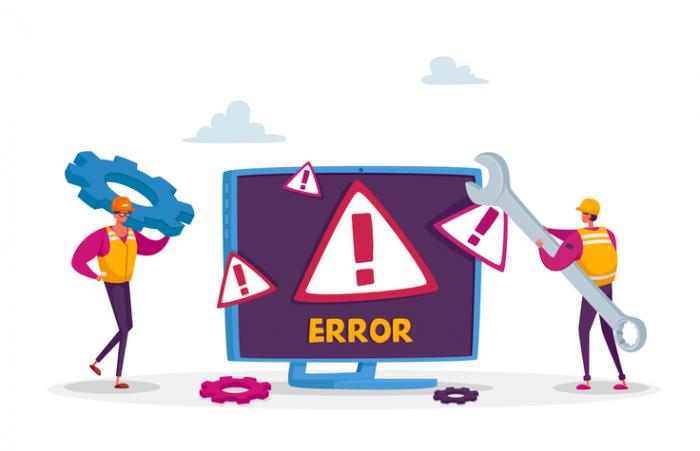What do you think of when you hear the word “troubleshooting?”
Maybe it’s a phone that seems to lose connection once in a while. Maybe it’s a bad wifi signal. Maybe it’s a relative that can’t get the printer to work right. Hi, Aunt Linda! Change the yellow cartridge.
According to the English Language Stack Exchange, “troubleshooter” may have originally been trouble-“hunter”. The concept goes back to telegraph lines! Troubleshooters were people who worked on the telegraph, locating and fixing problems in the lines so messages could get through.
Is it any surprise, then, that today’s troubleshooters are fixing everything from phones, to printers, to websites? All the things we use to send an electronic message from one place to another.
When trouble does arise—and it inevitably will—you need your hunter to work quickly. After all, today’s organizations rely on seamless communication. A lapse could mean loss of revenue or result in angry customers.
But if your hunter doesn’t have enough—or the correct—information, a quick troubleshoot can turn into an endless quest.
Let’s go hunting
Uh-oh. There’s trouble afoot. The website is slow. Some of the pages won’t even load. And the form “submit” button is definitely not where it’s supposed to be.

A good hunter needs to know about their environment. Forrest? Field? Are we actually on a lake, fishing? What kind of gear do I need to tackle this quarry?
The environment provides a bevy of clues to help me find the game, and then, you know. Shoot it. With a camera. I’m more of a photographer, myself.
When the website isn’t acting right, your troubleshooter needs some info about the environment to help them find hunt the trouble.
Here’s some quick answers you can provide to get your hunter on the path to capture the problem and fix it quickly.
What website is it?
Copy and paste the link in your browser, so we can see not just the home page, but ideally the page you’re seeing the issue on.
Ex: “https://teamddm.com/contact “
What did it do?
Sometimes, it isn’t clear right from the get-go that something really is broken. It might not be doing what you expect, but if it’s doing something, or it’s not doing anything at all, that’s a helpful clue.
Sometimes, it isn’t clear right from the get-go that something really is broken. It might not be doing what you expect, but if it’s doing something, or it’s not doing anything at all, that’s a helpful clue.
Ex. “I pressed submit, but nothing happened.”
What did you expect it to do?
Related, of course, to #2. Especially in cases where it’s doing something but not what you expect – leaving the expectations unwritten is a recipe for a follow-up email, instead of a quick fix.
Ex. “I thought it would tell me my message has been sent. And we should get an email to [email address].
What device/browser were you using?
Unfortunately, websites can behave differently depending on what browser you use. (Actually, as developers, we like to think the browsers behave differently depending on what website you use!)
A simple “I’m on a PC using Chrome”, or “I’m on my iPhone using Safari” is a huge help. Something can be perfectly fine in Chrome and not work at all in Firefox or Safari.
While we test in multiple browsers, as browsers update, they can break compatibility with your site. Things that may have worked at launch can (and do) spontaneously break.
(You can help to avoid the atrophy with a Continuous Improvement Plan – perhaps another article on that soon.)
Does something just look wrong?
Take a screenshot. Screenshots can be extremely informative. Please – avoid cropping the screenshot if you can.
Seeing the full window and sending that to us can actually answer several of the questions above. You know, pictures being worth a thousand words and all.
Feel free to mark it up as well. A big red circle around the problem area won’t offend us one bit.
Just taking a moment to gather the environment information above will really help your troubleshooter quickly reproduce and isolate the problem.

Providing details up-front is the best way to get your request bumped to the front of the queue. Details are immediately actionable. A request that’s missing the details simply gets these questions back as the first follow-up.
One last tip
The above information is extremely helpful to your troubleshooter when they look for the problem. But it’s important to know that as they dive in to find the issue, they may have additional questions.
As much as you reasonably can, be open and available to answer those questions. The more specific you can be, the faster we can find the problem, estimate the fix, and get things working like they should.
In summary
If you’ve got trouble on your site, don’t hesitate to reach out for help. Taking a few minutes to give us the lay of the land will help us respond quickly and precisely to the issue.
Thanks for reading! Happy hunting!
